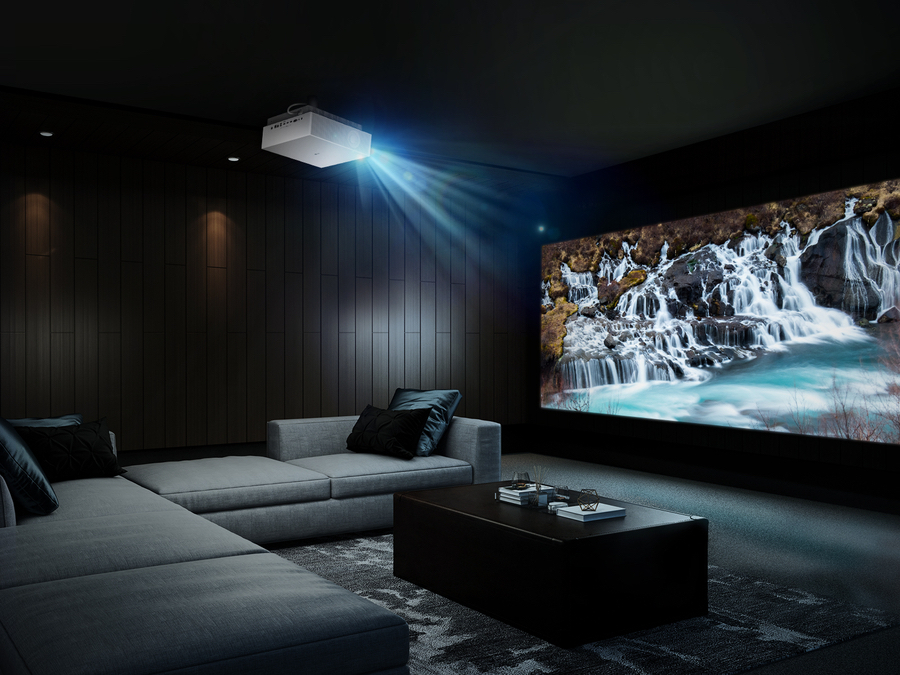4 Considerations for Seating in Home Theater Designs
Seating Is Job One

What’s the first thing you should think about when building a home theater? Is it the screen? The speakers? The lighting? While many details go into designing a home theater, savvy home theater designers know what drives the rest – seating.
While the type of seating is very important, the number of seats will really dictate many other things, such as screen size and placement, speaker placement, acoustic treatments, and more. Let’s explore how home theater designers think about seating and how that can impact the next home cinema in your Kennesaw, GA home.
SEE ALSO: 4 Things to Consider in Designing Your Home Theater
Seating Placement
There are two basic ways to approach this. Is your theater going into a basement or other space with flexibility in moving walls? Then you can decide on the seating first and make the room dimensions fit, given enough overall space to do so. This is called an "inside out" approach and takes into account proper distance from walls, entries and walkways, and other considerations.
When you have a fixed space like an existing room, then designers take an “outside in tack.” They start with the room size and determine the maximum number of seats based on your desires and their arrangement.
Primary Vs. Secondary Seating
How many seats do you really need in your theater? As with buying an automobile, you don’t need to design for the once-a-year occurrence. If you only need to haul eight 4 x 8 sheets of plywood once a year, you likely don’t need a pickup truck. Similarly, if you want to have 12 guests in your theater once a year, you probably don’t need 12 seating positions for your family of four. You can design primary seating for regular usage and additional seating that gets occasional usage without ending up with 12 suboptimal seats. Better to have four to six perfectly located seats and additional ones for occasional use.
Viewing Angles and Distance
Generally, you will want viewing angles to be between 36 and 50 degrees. Some of this will be affected by personal preference and the type of content, like 16:9 versus 2.35:1 widescreen format. The screen should fill up the viewer's field of view. The screen's resolution can also impact the distance; 4K resolution – today’s standard – allows for seating a bit closer to the screen than 1080P HD. Risers may be necessary when installing multiple rows of seating to ensure clear views over heads and tall seats.
Speaker Distances
With today’s multi-speakers immersive surround formats, it's critical that sounds not get localized, causing some positions to hear too much surround or left or right channels. Listeners should be at least four feet away from speakers. Home theater designers understand these issues, as well as the potential problems with bass traps in a room. Some seats can get excellent bass, while others may not experience much at all. The bass response can be tuned with proper sound system calibration, subwoofer placement, and acoustic treatments – all elements of a good home theater design. Of course, none of this is doable without understanding the seating layout!
The best way to ensure you get the performance you want from a home cinema is with an experienced home theater designer. GHT Group has been building home theaters for over three decades. Contact us here, or click the chat box below to quickly connect with one of our home theater experts. We look forward to working with you!